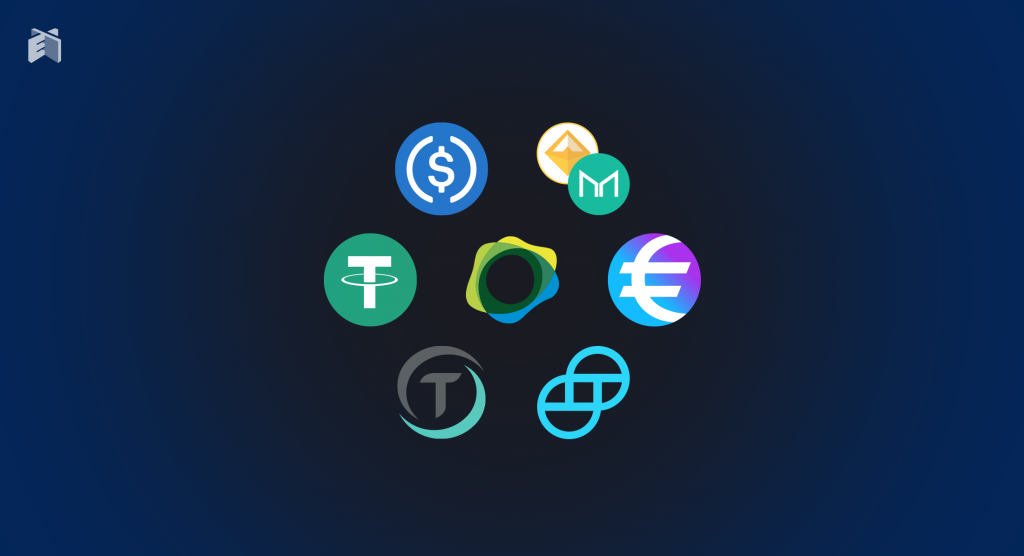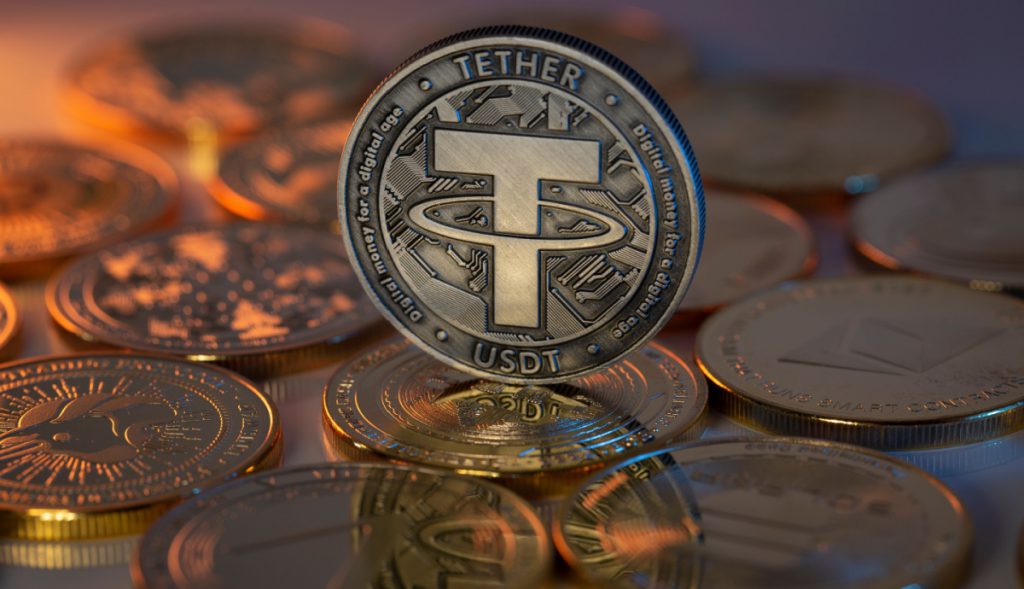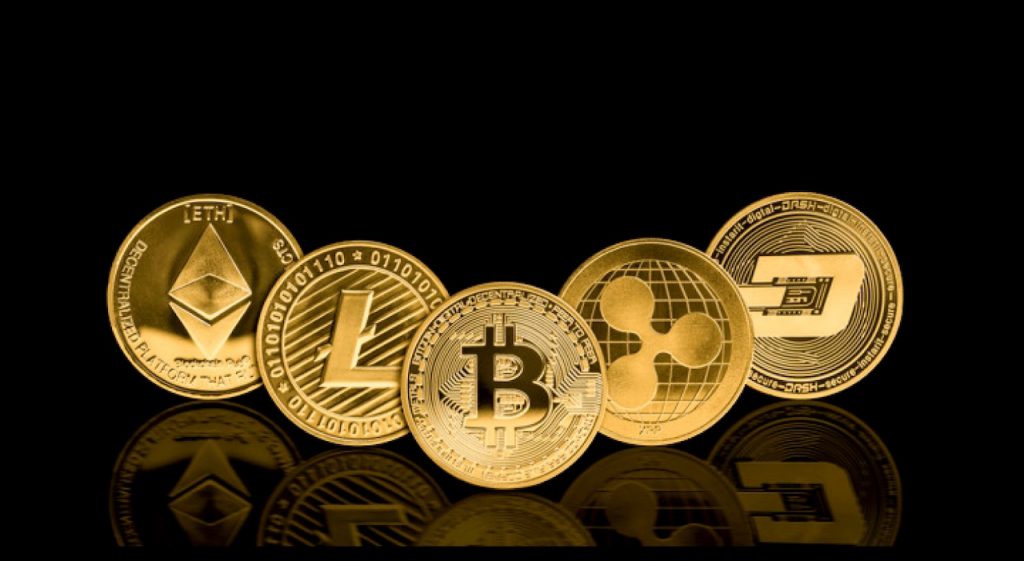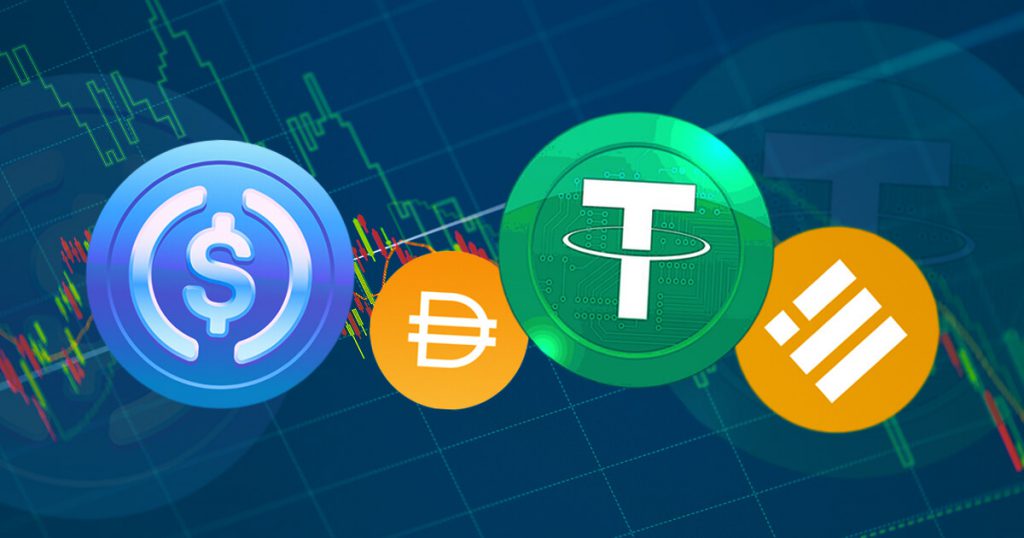Within the digital asset sector, technology is moving at a rapid rate. Whether it be the implementation of cryptocurrencies with renewed utility or the rather new phenomenon of AI tokens, asset types are abundant within the class itself. This guide will delve deeper into stablecoins, specifically by discussing two main types.
Indeed, if you have interacted with the digital asset market, you would have certainly been familiar with the term stablecoin. These are tokens whose value is directly tied to that of currency, commodity, or similar financial instrument with the same functionality.
These tokens are pegged to that main asset as its determined value source. This is a crucial aspect of the market as a whole because it diversifies the overall risk with many cryptocurrencies. Indeed, it is an important step to combat the overall volatility that many of these assets hold. Specifically in its efforts to combat the stark fluctuations in its overall value.
These assets are increasingly popular in the digital asset market. However, there is a lot more to them than simply understanding their functionality. Within this guide, we will explore a bit more about the digital assets themselves and what two types of stablecoins currently exist in abundance within the industry.
What Are Stablecoins?


Also Read: BIS Study Says Stablecoins Are Unsafe Store of Value
As we have previously stated, Stablceoins are crucial to the digital asset industry because they operate in a different function than other assets. They are inherently dissimilar to assets like Bitcoin (BTC) or Ethereum (ETH). Mostly because of the connection they have to normal assets.
Their market value comes from external entities and currencies that can denote and secure their overall value function. These tokens provide greater usefulness as a value of exchange due to that lack of volatility. Moreover, they do not suffer from the market fluctuations that these other assets do.
The most popular peg for stablecoins is the US Dollar, for rather clear reasons. Within global economics, there is no currency as prominent as the greenback. Its status as the global reserve has made it secure in its value method. Therefore, these stablecoins benefit from that security within their function on the market.
Most of the discussions surrounding digital assets tend to skew toward the rapid price fluctuations. Therefore, the entire asset class has earned a reputation for its rather unsafe nature for investors. Stablecoins seek to address this long-standing position by alternating where these tokens get their actual value.
There are many skeptics of digital assets overall. With the wide-ranging acceptance of the US Dollar, what need is there for a digitized version? However, the undoubted reality is that Central Banks and finance in general are headed toward a tokenized future. With the prevalence of blockchain technology within the finance sector, these assets are getting a head start on what could be prominent future issues for fiat and other currencies.
Two Main Stablecoin Types


Also Read: BlackRock Says USDT & USDC Stablecoins Pose Risks to Bitcoin
Although these digital assets’ functions are typically the same, there are two main types of stablecoins. These are not the only types- which is something we will get into later- but they are the most prominent.
Therefore, let’s explore a bit about both fiat-collateralized and crypto-collateralized stablecoins.
Fiat-Collateralized

The first and most popular type of stablecoin within the digital asset market is fiat-collateralized stablecoins. These assets would fall under the traditional definition we expounded on above. They are cryptocurrencies that sustain value based on fiat currency reserves.
Indeed, these assets utilize fiat currencies, like the aforementioned US Dollar, as collateral that can assure its value. There can be other reserve types for these stablecoins, such as an asset like gold or even a commodity such as crude oil. However, the most popular stablecoins maintain a reserve in US Dollars.
These types of stablecoins require independent custodians and consistent audits. One popular US dollar-pegged stablecoin is something like Tether (USDT), which is among the market’s most popular assets. As of this publication, CoinMarketCap has the asset listed as the 3rd largest by market cap on the market.
Although this type of stablecoin may be the most popular for its security, it is not the only type.
Crypto-Collateralized


The other type of stablecoin worth noting is the crypto-collateralized version of the asset. Specifically, these are much different than fiat-backed stablecoins because their reserves are held in other cryptocurrencies. Indeed, they maintain their value through a reserve of other digital assets.
This iteration of a stablecoin is less stable due to the high volatility of most digital assets. However, accounting for this fact, many crypto-collateralized stablecoins are over-collateralized. What this means is that the interest that is held in the reserve cryptocurrency far exceeds the value of the stablecoin that is being issued.
For example, if a digital asset is worth $2 million, then it may be held in reserve to support the value of a $1 million crypto-collateralized stablecoin. Subsequently, this functionality then combats the potential price volatility. Specifically, it insures the investors against a 50% decline in the digital assets price performance.
A good example of this kind of asset is MakerDAO’s Dai (DAI) stablecoin. This digital asset is pegged to the US dollar. However, the asset is backed by Ethereum (ETH) and other cryptocurrencies worth a combined 150% of the DAI in circulation.
Are There Other Types?


Also Read: UK to Regulate Crypto & Stablecoins with Finalized Stringent Rules
Although fiat-collateralized and crypto-collateralized stablecoins are the most popular, one more prominent type of stablecoin is on the market. Specifically, that is the algorithmic stablecoins.
These are assets that may or may not hold reserves. Indeed, the way that these stablecoins maintain their value is through an algorithm. What this means is that a computer is running on a formula that will protect the value of the stablecoin.
This method is not massive dissimilar from something like a Central Bank. Although it sounds less secure, it uses other methods than holding reserve assets to stabilize a cryptocurrency. Although algorithmic stablecoins can utilize the credibility of Central Bank officials who develop fiscal policy, they operate under similar parameters.
Moreover, the prevalence of this kind of stablecoin took a massive hit with the collapse of TerraUSD. The asset plummeted by more than 60% in May of 2022 and lost its peg to the US Dollar. Thereafter, the asset would decrease by more than 80% and ultimately collapse. The development would put Terraform Labs out of business and result in federal prosecution.
Conclusion
Conversely, stablecoins’ place in the current and expanding digital asset sector is undeniable. They are a key part of the growing market. Moreover, they are signified by two major stablecoins that should continue growing in the coming decades.





